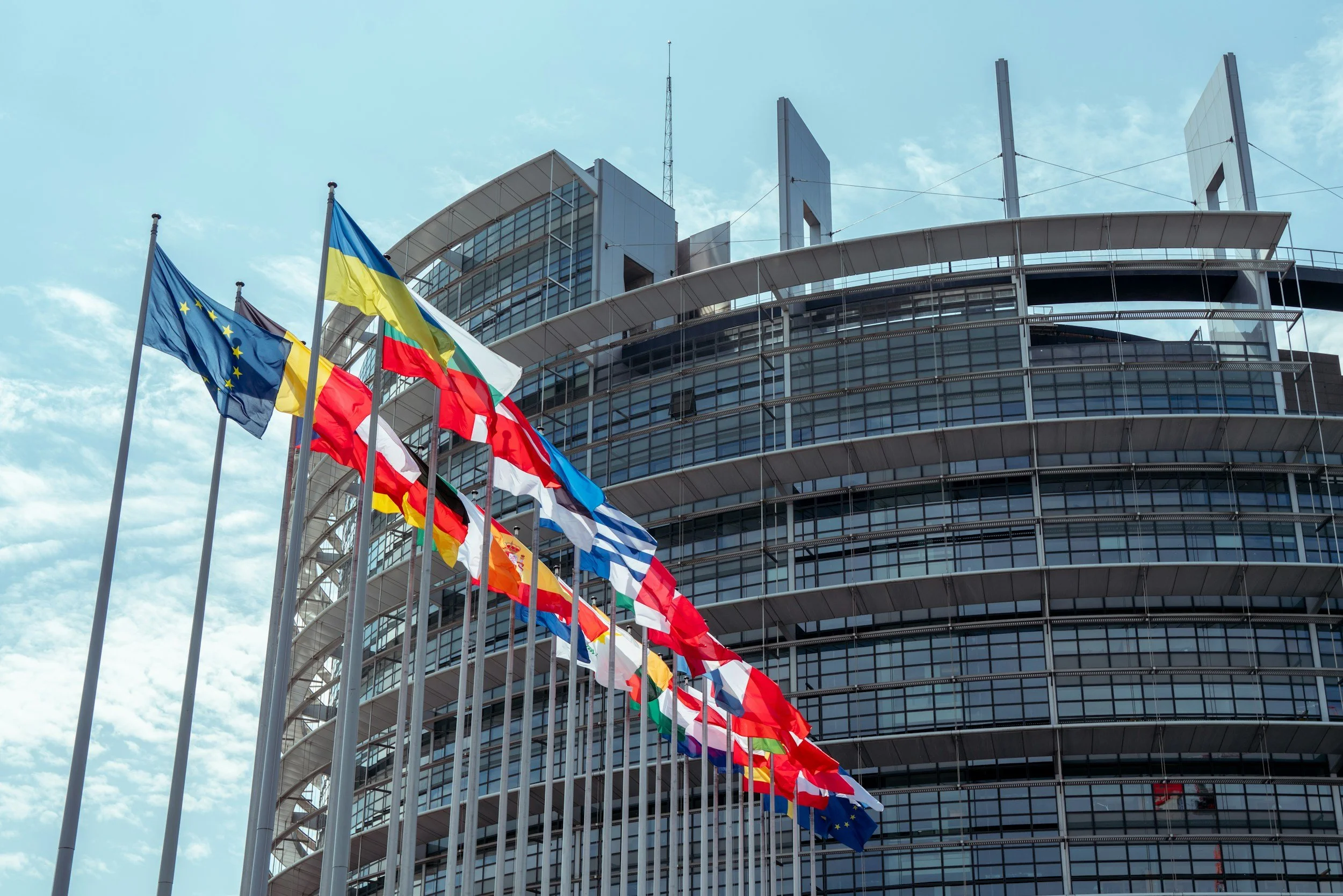By: Hansika Nath
India and the European Union (EU) began free trade talks in 2007, paused them in 2013, and resumed discussions in 2021. Now, both sides are working toward formalizing a Free Trade Agreement (FTA) by the end of 2025. The revived dialogue reflects a broader response to the growing volatility in global trade, which has compelled both India and the EU to reevaluate their supply-chain dependencies and strengthen long-term competitiveness. While FTA negotiations are shaped by various strategic and economic considerations, clean technology has emerged as a key area of convergence. Three key factors help explain why clean technology trade between India and the EU has become increasingly important.
First, both India and the EU’s dependence on Chinese clean technology has made them increasingly vulnerable to market shocks. Chinese state-subsidized overproduction has driven down global prices, impacting domestic industries in both India and the EU. This is particularly evident in India’s wind and the EU’s solar sectors, where imports account for over 40% and 95% of supply, respectively. The oversupply has impacted the competitiveness of local firms, exposing both countries’ supply chains to economic risks. To mitigate these risks, both sides are pushing to expand domestic clean tech manufacturing, seen through India’s Production-Linked Incentive scheme and the EU’s Net-Zero Industry Act. At the same time, India and the EU are increasingly dependent on each other for clean technology trade, as evidenced by an almost 500% increase in clean technology trade volumes between them since 2018.
Second, the United States, long seen as a stabilizing force in global trade, has pivoted toward using tariffs as political leverage. Under a second Trump administration, the United States has also withdrawn from the Paris Agreement and passed the One Big Beautiful Bill that slashes clean energy tax incentives, while rewarding fossil fuels with $15 billion in tax breaks. These policy shifts have caused uncertainty around the U.S. intention to cooperate on climate, making India and the EU more wary of long-term alignment with Washington. As a result, India and the EU are increasingly motivated to hedge their bets by deepening ties with each other.
Third, both India and the EU have set ambitious Nationally Determined Contribution targets, but face distinct implementation challenges. India has already achieved its 2030 goal of meeting 50% of installed electricity capacity from non-fossil fuel sources five years ahead of schedule, but remains off track to meet its 2070 net-zero commitment without decarbonization of hard-to-abate sectors like heavy industry and transportation. Meanwhile, the EU is progressing steadily toward its 2050 net-zero target but has made insufficient progress on its 2030 goal to reduce emissions by 55% from 1990 levels. These gaps underscore a shared urgency: both actors need reliable partners to meet their climate ambitions at scale and speed. An FTA thus signals a strategic alignment, not just on trade, but on building mutually reinforcing clean energy ecosystems through stable, rules-based cooperation.
The foundation for an India–EU clean technology partnership is already being laid through growing trade volumes, aligned industrial priorities, and strategic collaboration under the EU-India Trade and Technology Council. Clean technology was also a key focus in European Commission President Ursula von der Leyen’s February 2025 address in India, underscoring political will. However, without the formal structure of an FTA, much of this momentum remains fragmented and exposed to external shocks. A well-negotiated FTA could be the glue that binds these threads into a resilient, long-term partnership, anchored in sustainability, innovation, and economic diversification.
Concluding an EU-India FTA will not be easy. Regulatory alignment on issues like Carbon Border Adjustment Mechanism (CBAM), Corporate Sustainability Due Diligence Directive (CSDDD), and EU Regulation on Deforestation-free Products (EUDR) will require delicate balancing between ambition and flexibility. Domestic policy recalibrations, like India’s ongoing debate on electric vehicle tariffs, will test how far governments are willing to go to support global competitiveness while protecting local interests. But if done right, an FTA has the potential to lock in clean energy cooperation, create high-value jobs, and accelerate climate action at scale. For India and the EU, the FTA is no longer just an economic instrument but a strategic opportunity to future-proof their climate and industrial transitions together.
Hansika Nath is a Summer Intern at ORF America.

